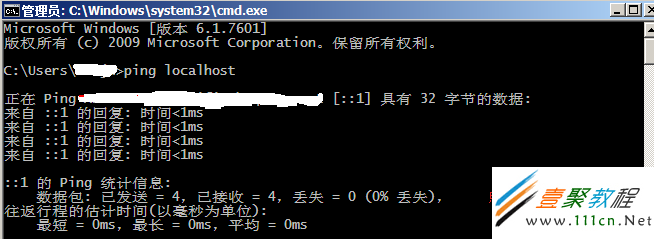萬盛學電腦網 >> 數據庫 >> mysql教程 >> mysql分組 排序取每條記錄中最後更新記錄
mysql分組 排序取每條記錄中最後更新記錄
以下是 test 表,測試sql
代碼如下 復制代碼
CREATE TABLE IF NOT EXISTS `test` (
`id` int(10) unsigned NOT NULL auto_increment,
`install` int(10) unsigned NOT NULL,
`day` int(10) unsigned NOT NULL,
`aid` int(10) unsigned NOT NULL,
PRIMARY KEY (`id`)
) ENGINE=MyISAM DEFAULT CHARSET=utf8 AUTO_INCREMENT=12 ;
INSERT INTO `test` (`id`, `install`, `day`, `aid`) VALUES
(1, 1232, 20080808, 1),
(2, 2321, 20080809, 2),
(3, 1236, 20080810, 3),
(5, 4212, 20080809, 1),
(6, 2312, 20080810, 1),
(7, 1432, 20080811, 1),
(8, 2421, 20080808, 2),
(9, 4245, 20080811, 2),
(10, 5654, 20080810, 2),
(11, 412, 20080808, 3);
sql語句
代碼如下 復制代碼
SELECT A.* FROM test A,
(SELECT aid, MAX(day) max_day FROM test GROUP BY aid) B
WHERE A.aid = B.aid AND A.day = B.max_day
ORDER BY a.install DESC
mysql實現分組排序並賦予序號的存貯過程
代碼如下 復制代碼drop procedure set_rank;
create procedure set_rank()
begin
set @i=1;
set @number=(select count(1) from suppliers_performance);
update suppliers_performance set score_rank=0;
while @i<@number
do
begin
update suppliers_performance set score_rank=@i where id in (select id from (select id from suppliers_performance where score_rank=0 order by score limit 1) b);
set @i=@i+1;
end;
end WHILE;
end;
- 上一頁:mysql中時間和日期函數詳解(1/3)
- 下一頁:MYSQL事務之學習筆記



